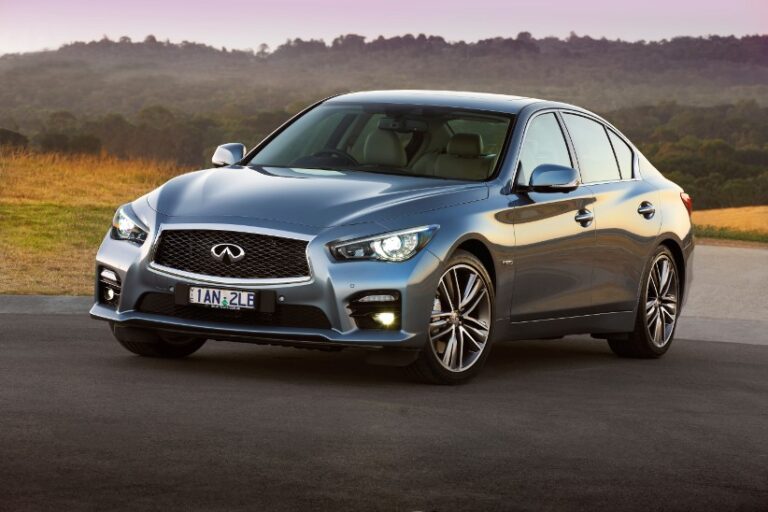Choosing a luxury vehicle invokes special rules in regards to tax, accounting and ultimately if a novated lease can even be applied.
Firstly, you need to know that if a car is financed at more than a certain value it is deemed to be a luxury vehicle. The Australian Tax Office has set the limit for 2015-2016 at $63,184, or $75,375 for fuel-efficient cars (those with a fuel consumption of seven litres per 100 kilometres or less).
Once this threshold is passed the vehicle incurs a luxury car tax of 33 percent for each dollar over that limit.
Often cars only just exceed the luxury vehicle limit and to avoid incurring the tax, it’s possible for the vehicle purchaser to exclude some options and accessories from the financing, such as driving lights, tow ball and roof racks, to keep the financed amount below the luxury car limit.
In such a case, a purchaser may buy those accessories separately and outside of the finance arrangement. And, beneficially, normal novated leasing arrangements can be applied.
However, once the threshold is reached, a luxury vehicle tax, also known as the luxury car tax, is calculated by the car dealer and payable to the Australian Tax Office by the dealer.
This tax is payable on all passenger type vehicles including sports utility vehicles (SUVs) or four-wheel-drives, station wagons and so-called people movers. However, it is not payable on commercial vehicles.
Also worth noting is that unlike the GST, the luxury car tax is payable only once, and not every time the vehicle changes hands. It is only payable on all new vehicle or demonstrator sales. It isn’t payable on a used vehicle where the tax has been previously paid.
In addition, where the financed amount of the vehicle exceeds the luxury car limit then the financier is limited to the amount of GST Input Tax Credits they can claim. This is currently capped at $5,224.
Probably the most critical consideration is that when the vehicle is financed at a dollar value in excess of the luxury car limit for tax accounting purposes, the employer will need to account for the vehicle differently. And this means incurring additional tax accounting costs.
In essence, lease payments on non-luxury vehicles are fully tax deductible by the employer. When the vehicle is deemed to be a luxury car, then the payments are treated as a loan instead of a lease, losing many of the tax deductions. It means the company can only claim interest and depreciation up to the luxury car limit. Any depreciation above the luxury car limit isn’t deductible, resulting in lost tax credits to the employer.
Some employers avoid the costs and complications of the different accounting treatment on luxury vehicles by not offering it as an option to their employees.
Where they do allow it, they often pass on the additional costs to the employee as a luxury vehicle adjustment.
The accounting headaches that apply in the case of luxury vehicles are for many employers and employees alike good enough reasons to keep the vehicle financed below the luxury car limit.
The ATO website provides information on how the luxury car tax is applied.







